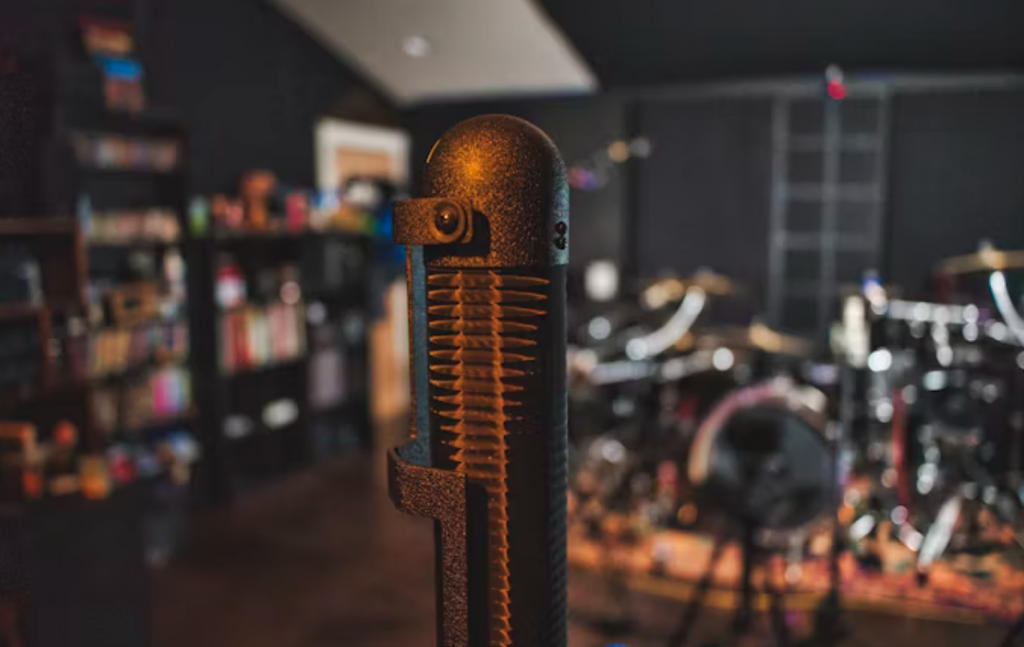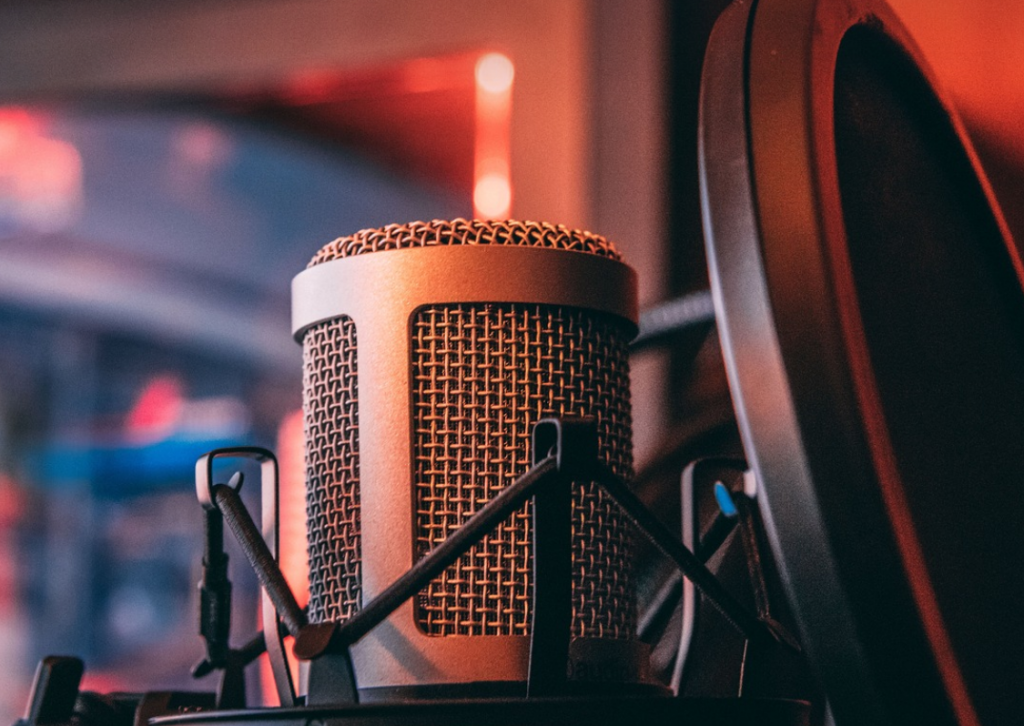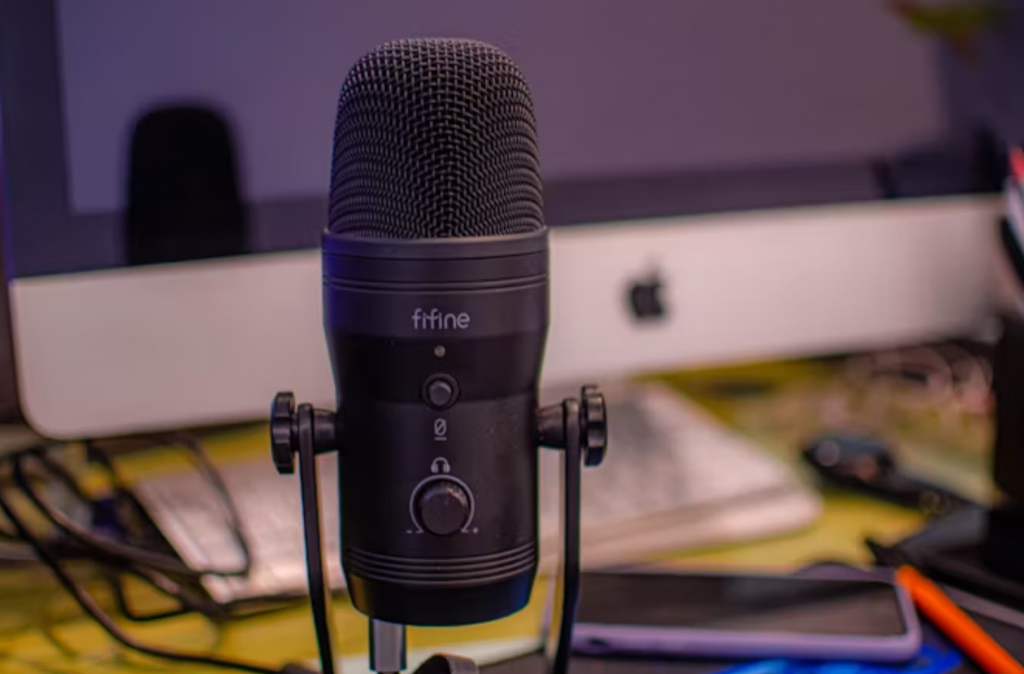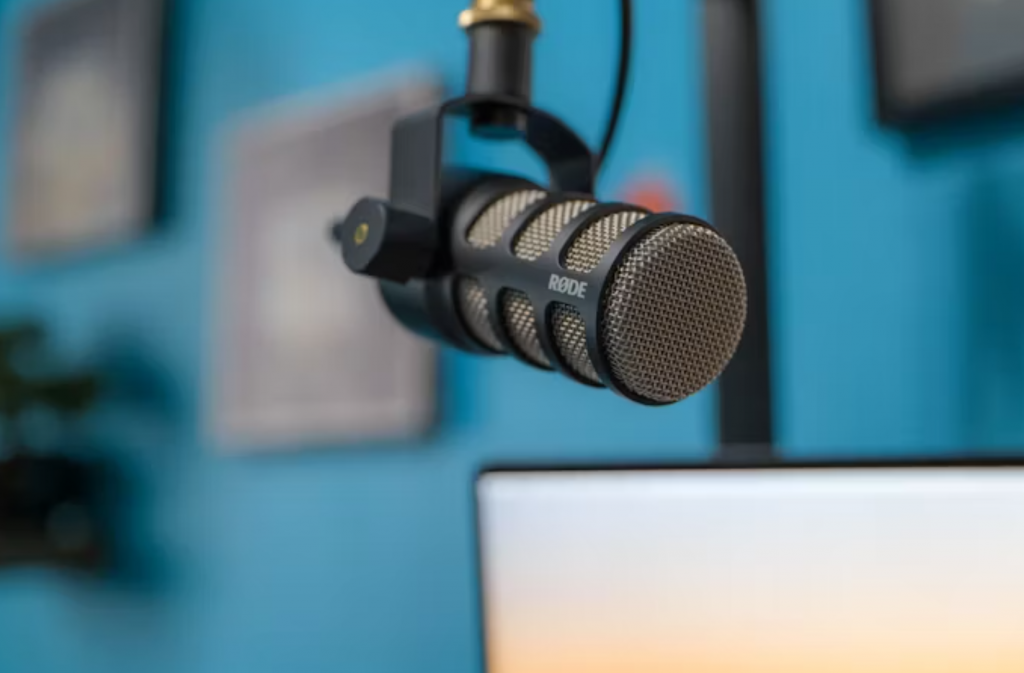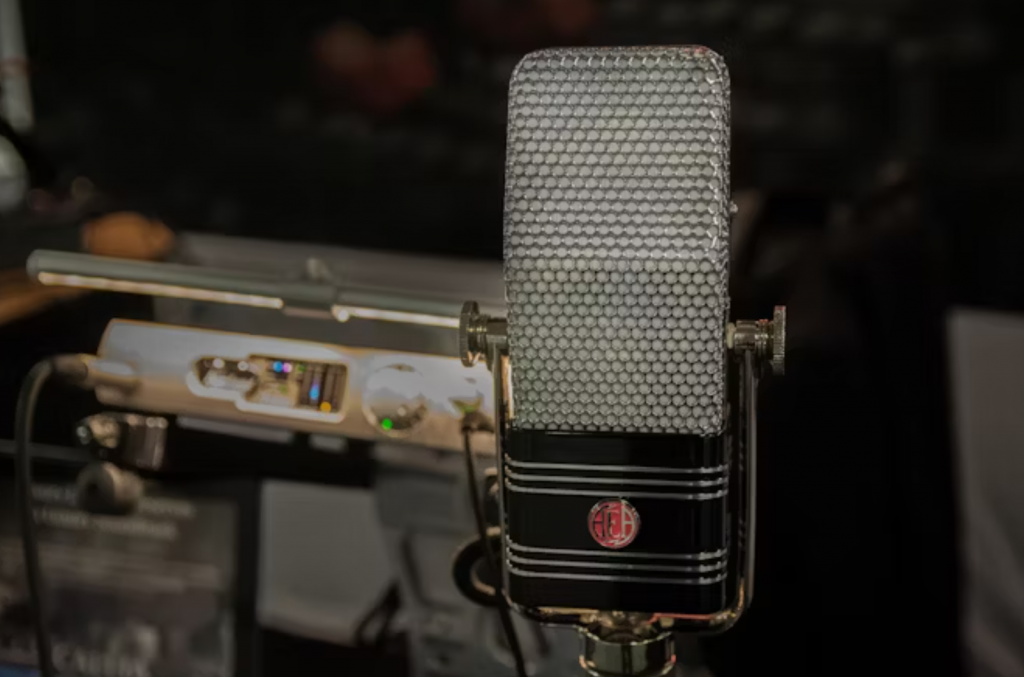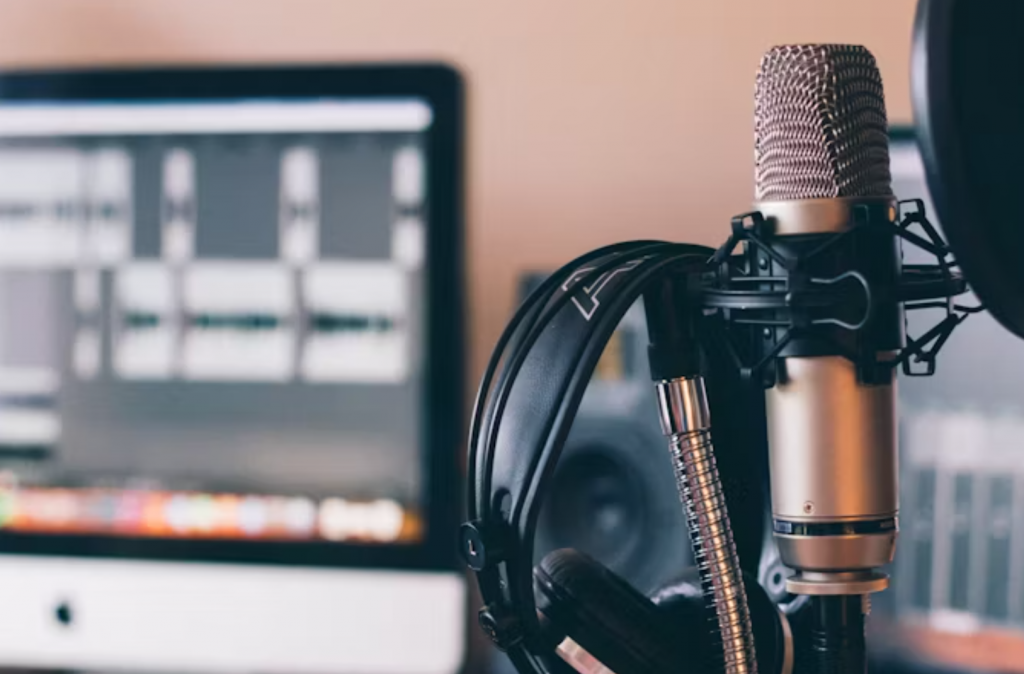Introduction
When it comes to choosing the best budget condenser microphone, two names that often pop up are the Audio-Technica AT2020 and the Rode NT1. Both mics are popular choices among musicians, podcasters, streamers, and content creators looking for high-quality sound without breaking the bank. But which one is better for your specific needs? This article will compare these two microphones in detail to help you make an informed decision. Let’s dive in!
What is a Condenser Microphone?
Before we dive into the details of the Audio-Technica AT2020 and Rode NT1, it’s important to understand what a condenser microphone is. A condenser mic is known for its sensitivity and clarity, making it ideal for capturing vocals, instruments, and other high-fidelity audio sources. It uses a capacitor to convert sound vibrations into electrical signals, providing a more accurate and detailed representation of the sound compared to dynamic microphones.
Why Choose Budget Condenser Mics?
Budget condenser mics like the Audio-Technica AT2020 and Rode NT1 are ideal for individuals who need professional-quality sound without the hefty price tag of high-end studio microphones. These microphones offer great value for money, providing clear and detailed audio at a fraction of the cost. Whether you’re a beginner or an experienced audio engineer, budget mics are a smart choice if you’re looking to get great sound without overspending.
Overview of Audio-Technica AT2020
The Audio-Technica AT2020 is a popular entry-level condenser mic designed to offer exceptional sound quality at an affordable price. It’s often praised for its crisp, clear, and accurate sound reproduction, making it an excellent choice for vocals, podcasts, and even instruments. Let’s take a closer look at what this mic has to offer.
Key Features of Audio-Technica AT2020
- Cardioid Polar Pattern: The AT2020 features a cardioid pattern, which means it captures sound from the front while rejecting noise from the sides and rear. This makes it perfect for recording in noisy environments.
- Wide Frequency Response: With a frequency range of 20Hz to 20kHz, the AT2020 captures both deep lows and crisp highs, delivering a balanced and natural sound.
- Low Self-Noise: The AT2020 offers a low self-noise level, which ensures that you get clean recordings with minimal interference or background noise.
- Durable Build: Despite being budget-friendly, the AT2020 is built to last with a robust metal construction.
Pros of Audio-Technica AT2020
- Affordable: One of the main reasons the AT2020 stands out is its affordability. It offers high-end sound quality for a fraction of the cost of other condenser mics.
- Clear Sound: The clarity of the AT2020’s sound is excellent, making it ideal for vocals and detailed recordings.
- Versatile: Whether you’re recording vocals, podcasts, or instruments, the AT2020 delivers reliable performance across the board.
Cons of Audio-Technica AT2020
- No Pad or High-Pass Filter: The AT2020 lacks built-in features like a pad switch or high-pass filter, which could help when recording louder sound sources.
- Sensitive to Room Acoustics: Due to its sensitive nature, the AT2020 picks up a lot of background noise, especially in untreated rooms.

Overview of Rode NT1
The Rode NT1 is another excellent contender in the budget condenser mic category. Known for its ultra-low self-noise and incredibly clear sound, the NT1 is often seen as a step up from the AT2020 in terms of technical specifications. However, it comes at a slightly higher price point. Let’s break down its features.
Key Features of Rode NT1
- Cardioid Polar Pattern: Like the AT2020, the NT1 also features a cardioid pattern, focusing on sound from the front and rejecting unwanted noise from the sides and back.
- Ultra-Low Self-Noise: The NT1 is famous for having the world’s lowest self-noise of just 5dBA, making it an ideal choice for professional-grade recordings.
- Wide Frequency Response: The NT1 has a frequency range of 20Hz to 20kHz, similar to the AT2020, ensuring a full-bodied and balanced sound.
- Built-In Shock Mount: The NT1 comes with a built-in shock mount, reducing handling noise and vibrations during recording.
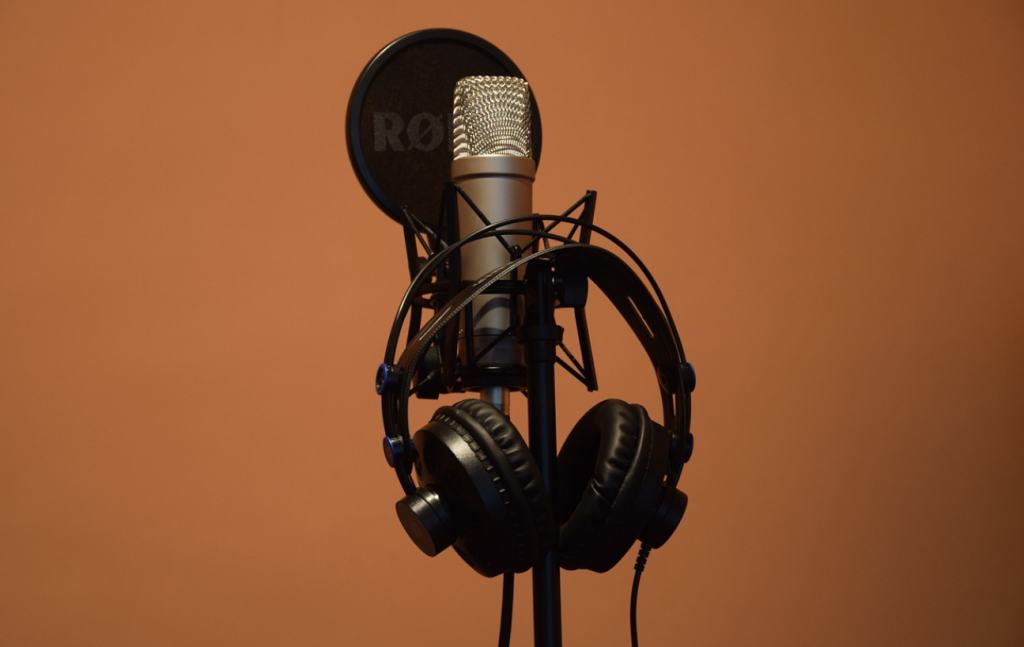
Pros of Rode NT1
- Exceptional Sound Clarity: The NT1’s ultra-low self-noise allows for incredibly clean and detailed recordings.
- Durable Construction: Like the AT2020, the NT1 is built with high-quality materials and is designed to last for years.
- Complete Package: The NT1 comes with a shock mount, making it a more convenient option for users who want everything they need right out of the box.
Cons of Rode NT1
- Price: The NT1 is more expensive than the AT2020, which could make it a less attractive option for those on a tight budget.
- Sensitive to Room Acoustics: While the NT1 is highly sensitive and offers superb clarity, this also means it picks up unwanted noise from untreated rooms.
Audio-Technica AT2020 vs Rode NT1: Key Differences
Now that we’ve looked at the features, pros, and cons of both microphones, let’s dive into a head-to-head comparison between the Audio-Technica AT2020 and the Rode NT1.
Sound Quality Comparison
Both the AT2020 and NT1 offer impressive sound quality, but there are some subtle differences. The AT2020 delivers clear and balanced audio, making it ideal for entry-level users and home studios. However, the Rode NT1 excels in its ultra-low self-noise and impeccable clarity, making it a better choice for professionals or users looking for the highest possible recording quality.
Build Quality and Durability
In terms of durability, both microphones are well-built. The AT2020 has a solid metal body that feels sturdy, while the NT1 boasts a rugged construction with a sleek design. The NT1 also includes a shock mount, which adds to its value and convenience for users looking for a complete package.
Price Comparison: Value for Money
The AT2020 is more affordable than the NT1, making it a great choice for those on a tight budget. While the NT1 offers superior sound quality and features like a built-in shock mount, its higher price tag may not be justified for all users, especially those who don’t need ultra-low self-noise.
Which One Should You Choose?
Choosing between the Audio-Technica AT2020 and Rode NT1 depends largely on your needs and budget. If you’re just starting out or need a reliable microphone for podcasts, vocals, or general use, the AT2020 is an excellent choice for the price. However, if you’re looking for the best possible sound quality, low self-noise, and more professional features, the Rode NT1 is worth the extra investment.
Conclusion
In conclusion, both the Audio-Technica AT2020 and Rode NT1 are excellent microphones, but they cater to different needs. The AT2020 is ideal for those seeking affordability and solid performance, while the NT1 is suited for users who require exceptional clarity and professional-grade sound. Ultimately, your decision will come down to your budget and the level of quality you need.
FAQs
1. Which is better for podcasting: AT2020 or NT1? For podcasting, the Audio-Technica AT2020 is a great choice due to its affordability and clear sound. However, if you’re looking for superior sound quality, the Rode NT1 is the better option.
2. Can I use these microphones for music recording? Both microphones work well for recording music, but the Rode NT1 offers a bit more clarity, especially for intricate recordings.
3. Do I need a pop filter for either of these mics? Yes, both microphones can benefit from a pop filter, as they help reduce plosive sounds (like “p” and “b” sounds) that can distort the audio.
4. Is the Rode NT1 worth the extra price? If you’re looking for the highest quality sound and minimal background noise, then yes, the Rode NT1 is worth the extra cost.
5. What’s the difference in self-noise levels? The Rode NT1 has an ultra-low self-noise of just 5dBA, while the Audio-Technica AT2020 has slightly higher self-noise, though still quite low at around 20dBA.
